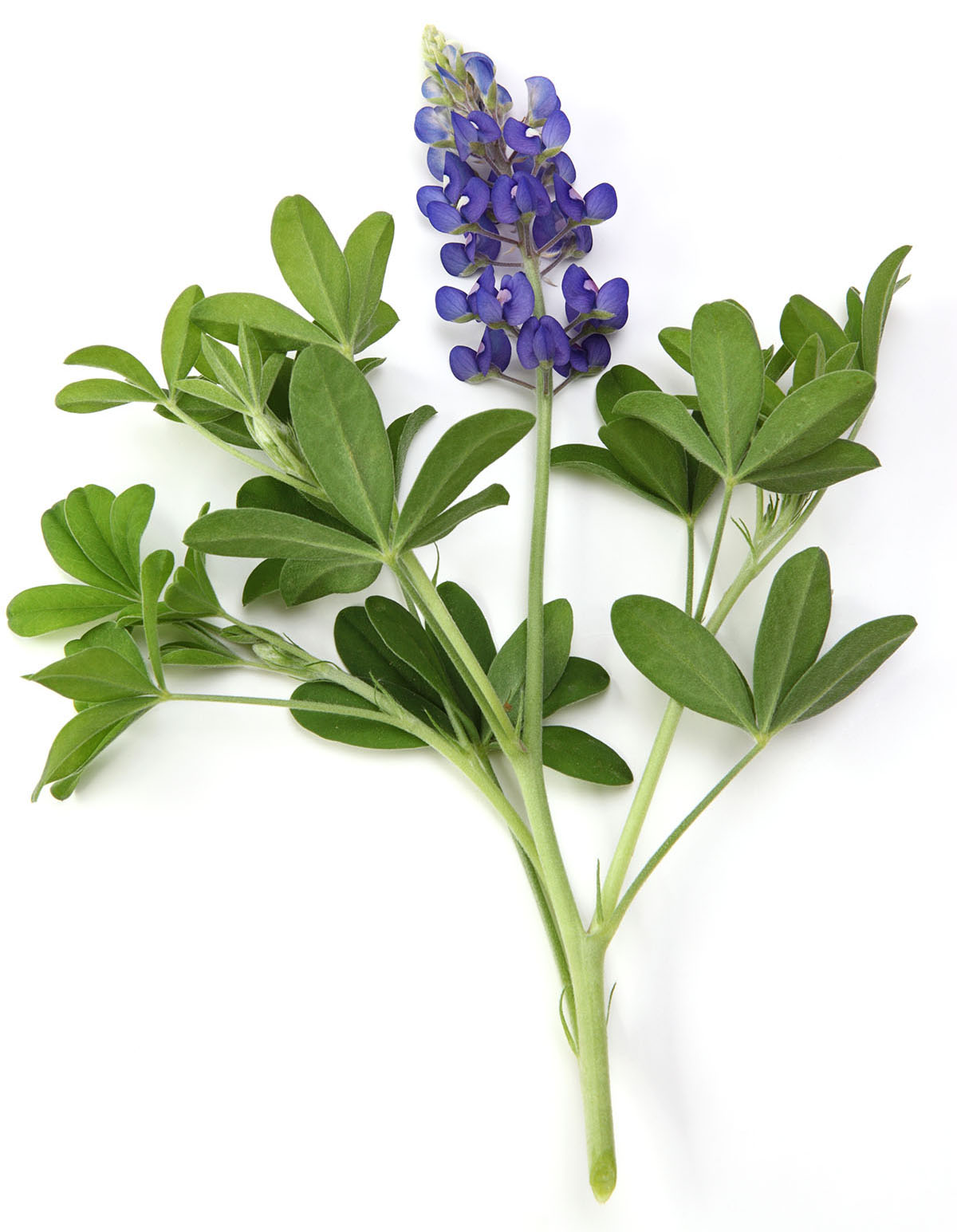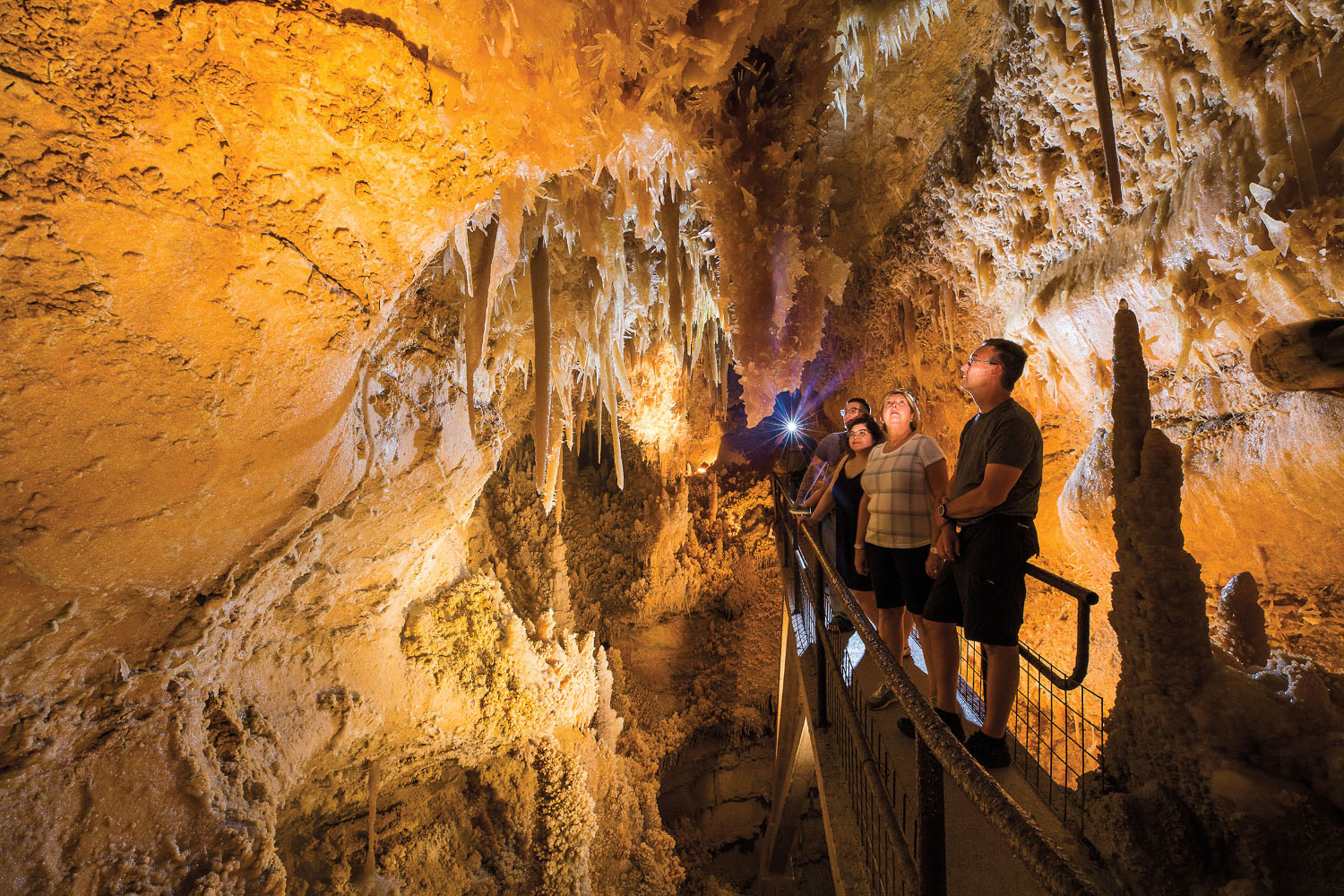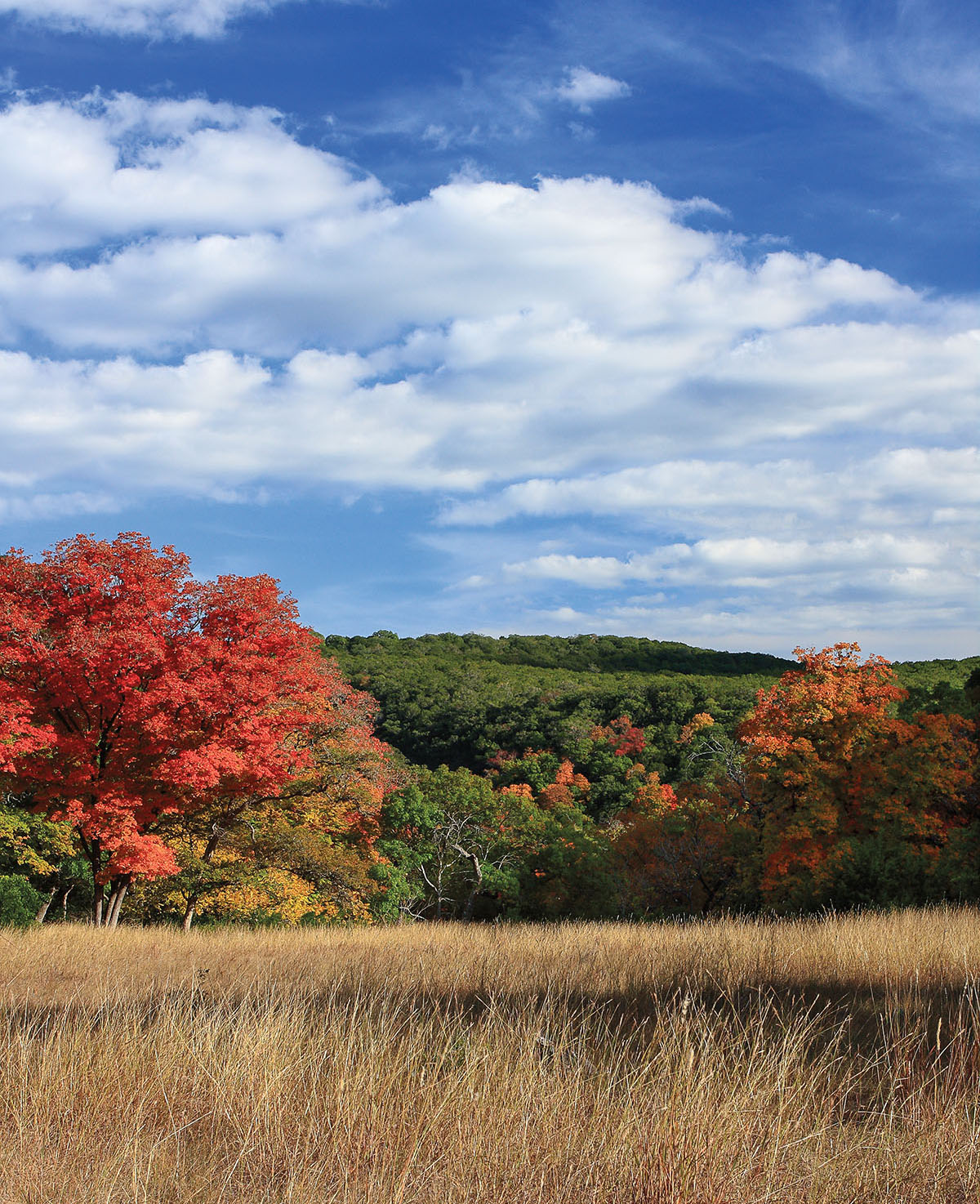Greet the Seasons
Mark your calendars with these tried-and-true offerings

Winter
In Texas, most folks rarely get to skate outdoors on ice. Their best chances arrive around the holidays, when rinks start popping up in towns and cities across the state.
Eisbahn Skating Rink in Fredericksburg is open until Jan. 3 (excluding Christmas Eve and Christmas Day).
Frisco’s Skate the Square, a 45-by-75-foot rink downtown, is part of the city’s annual Christmas in the Square celebration, featuring choreographed holiday lights and music. The rink is open until Jan. 4.
Discovery Green, a 12-acre urban park in downtown Houston, welcomes skaters to its ice rink until Jan. 31.
Through Jan. 18, Fort Worth’s Panther Island Ice rink offers a full menu, including beer and wine, at the Coyote Drive-In complex on Fourth Street.
The Cynthia Woods Mitchell Pavilion in The Woodlands transforms into an ice rink through Jan. 18.
-Pam LeBlanc

Spring
Wildflowers mark the start of Texas’ spring. For guaranteed sightings, make your way to Brenham and Chappell Hill in Washington County; the Hill Country; and East Texas around Athens and Tyler. But less-visited sites offer unique views and solitude.
In the Fort Davis area, stop at Davis Mountains State Park after a rain to see scarlet bouvardia, littleleaf leadtree, trompillo, sumac, Apache plume, tree cholla, Torrey yucca, catclaw acacia, and agarita.
Brazoria National Wildlife Refuge serves up sedges, rushes, and cattails along with evening primrose, coreopsis, paintbrush, Indian blanket, and spider and rain lilies. Brazos Bend State Park has a variety of wildflowers: ten petal anemone, Texas frogfruit, coreopsis, Mexican hat, plains wild indigo, wine cup, and showy primrose.
Bastrop State Park’s open spaces make room for wildflowers like red firewheel, spotted horsemint, Carolina larkspur, yellow primroses, lazy daisies, Drummond’s phlox, sensitive briar, and Georgia rockrose. There are also plants unique to Texas such as Brazos-mint, stemless spiderwort, broadleaf snakecotton, and sandyland bluebonnets.
-Melissa Gaskill
Summer
Cooling off during a hot Texas summer can always be achieved by jumping into a body of water. But why not try retreating into a cave? These natural wonders stay cool year-round, both with low temperatures and rarified architecture.
The Caverns of Sonora lie in remote West Texas and contain the jumbled rocks and pitted walls of the Devil’s Pit; Halo Lake, with water so clear it looks as if it isn’t even there; and the helictite-covered walls of Crystal Palace. The cave’s temperature of 71 degrees feels more like 85, thanks to 98% humidity—but that’s still cooler than the outdoors.
In the Boerne area, Cascade Caverns and Cave Without a Name offer underground passageways and formations like layered flowstone. Natural Bridge Caverns near San Antonio holds tours ranging from a half-mile jaunt along paved “sidewalks” to some that require slithering through narrow passageways (currently unavailable due to COVID-19).
Longhorn Cavern, now a state park, formed as water dissolved bedrock southwest of Burnet. Wonder World Cave, formed by an earthquake near San Marcos, anchors Wonder World Adventure Park. Inner Space Cavern in Georgetown was discovered in 1963 as engineers constructed a new section of Interstate 35.
-Lois Rodriguez


Fall
Every region of Texas offers its own take on fall foliage, but the changing of the leaves can range from October to January, so it’s best to check weather conditions to ensure you’ll see them in full color.
Far West Texas has large colonies of rosy-purple bull grass, which can be found along the mountain slope grasslands at Davis Mountain State Park as well as Big Bend and Guadalupe Mountains national parks.
Bright yellow leaves of giant Eastern cottonwoods line the Prairie Dog Town Fork of the Red River at Palo Duro Canyon State Park.
The Cross Timbers region west of Fort Worth boasts ancient post oak and blackjack oak forests with orange and golden brown leaves.
Bigtooth maple and Lacey oak trees shed their leaves at Lost Maples State Natural Area in Vanderpool, about 95 miles northwest of San Antonio. Book your tickets early, as the site often sells out during fall.
East Texas’ state parks at Daingerfield, Atlanta, and Caddo Lake are filled with red maple, sugar maple, and sweetgum trees that generally show their colors in late October. texasstateparks.org
Fall foliage usually doesn’t arrive in the Lower Rio Grande Valley until December. Resaca de la Palma State Park and Bentsen-Rio Grande Valley State Park are great places to observe the golden yellow fall color of cedar elm and sugarberry, and the orange-red color of anacua.
-Gary Borders








